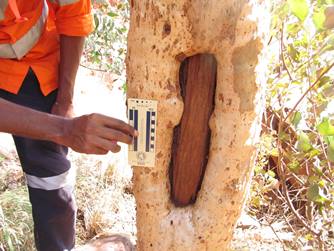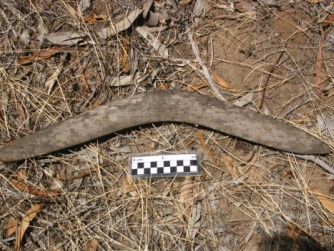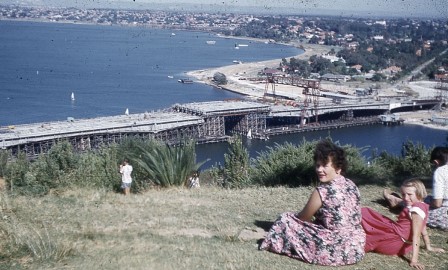Heritage
Aboriginal Heritage
The amended Aboriginal Heritage Act 1972 (AHA) came into effect on Wednesday 15 November 2023. The amended AHA is supported by amendments to the Aboriginal Heritage Regulations 1974, Transitional Regulations and new Regulations.
The Aboriginal Heritage Cultural Act 2021 and all Regulations associated with that legislation were also repealed effective 15 November 2023.
Main Roads has reviewed and updated its processes and guidelines to ensure we comply with the amended AHA and associated Regulations and to appropriately manage our activities to minimize impact to Aboriginal heritage.
In recognising the importance of Aboriginal heritage to Aboriginal people, Main Roads will engage early in the project planning process, notifying of proposed works and consulting with Aboriginal representatives bodies.
In accordance with the AHA our approach is to avoid or minimise harm to Aboriginal heritage where possible and to consult with Aboriginal people on how Aboriginal heritage is preserved and protected.
We liaise with the Department of Planning, Lands and Heritage on key aspects and requirements under the AHA.


A culturally modified (scarred) tree and a boomerang found during a field survey
Aboriginal Heritage Consultation
Main Roads commissions Aboriginal heritage surveys and consultations to assess if a proposed activity may impact or harm Aboriginal heritage. During the heritage survey and consultation process Main Roads endeavours to seek input on strategies to mitigate harm to Aboriginal heritage, including alternative designs and locations.
Standard Heritage Agreements
Main Roads is a signatory to three native title settlement Indigenous Land Use Agreements (ILUAs) and associated government standard heritage agreements: Noongar Standard Heritage Agreement (NSHA), Esperance Nyungar Government Standard Heritage Agreement (ENGSHA) and the Yamatji Nation Government Standard Heritage Agreement (YNGSHA). These standard heritage agreements cover areas of 23,000 square kms (NSHA), 48,000 square kms (ENGSHA) and 29,000 square kms (YNGSHA).
The government standard heritage agreements recognise the importance of preservation and protection of Aboriginal heritage and form a key part of the settlement ILUAs in the South West and Metropolitan regions, Esperance Goldfields regions and Mid-West region.
Native Title
As a land user we act in compliance with our legal obligations under the Native Title Act 1993 (Cwth) (NTA). Our processes ensure that our obligations are met in a thorough and timely manner early in the planning phase for a proposed activity, providing notification under the Future Acts provisions of the NTA to the native title holders and their representatives and receiving comment and feedback. We establish and maintain positive relationships with native title holders and their representative organisations (Prescribed Body Corporates (PBCs) and Native Title Representative Body (Land Councils).
Historic Heritage
Historic heritage sites (sometimes referred to as European Sites), are locations or objects that are deemed to be significant due to their aesthetic, historic, scientific or social attributes.
Historic places include buildings, gardens, structures (including bridges), industrial sites and cemeteries. Historic places in Western Australia are protected by the Heritage Act 2018 (Heritage Act).
The processes we follow ensure we fully comply with the Heritage Act and government administrative requirements such as the Government Heritage Property Disposal Process.
We undertake historic heritage surveys during the planning process to determine potential impacts our activities may have on the State’s heritage and how these impacts can be minimised or avoided.
Narrows Bridge under construction during 1960-61